GDES Faculty Member Challenges Students to Design for the Future
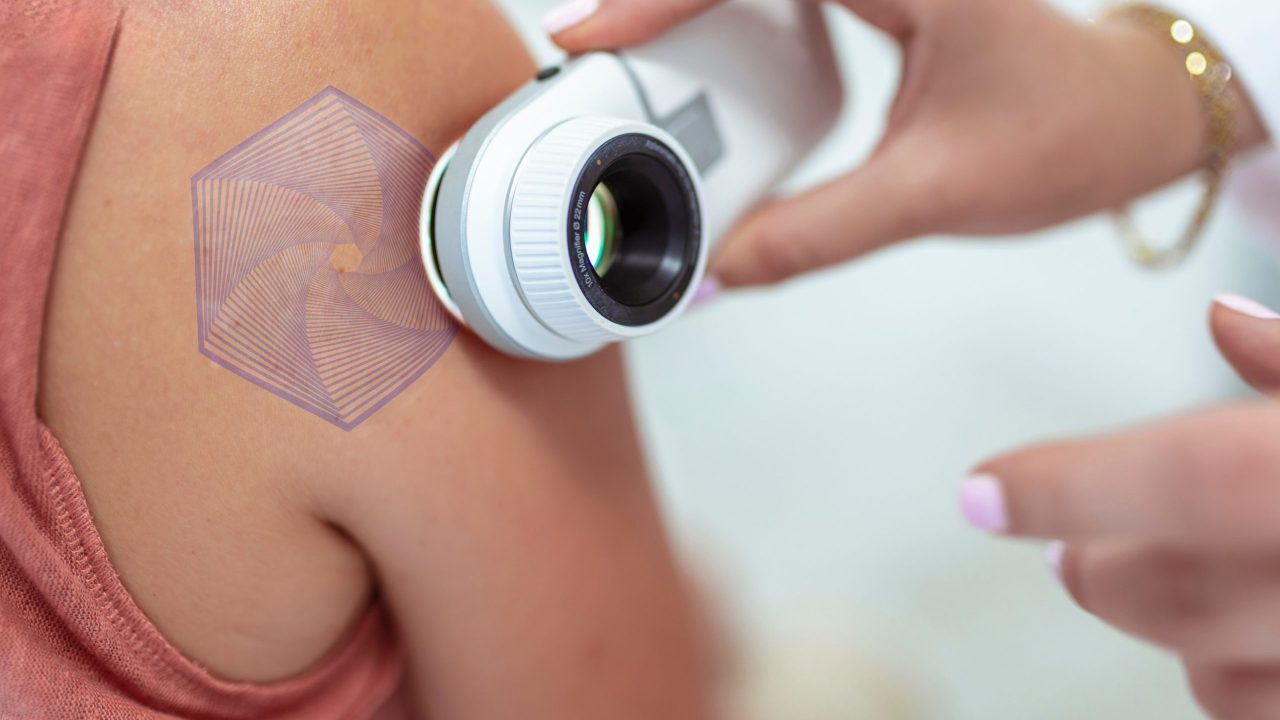
Devon Ward, Assistant Professor in the School of Industrial Design (SIGD), challenges students to think beyond the present and anticipate the future of design. This focus on emerging design is present in his teaching and his creative work.
Ward brings a multidisciplinary approach to the Graphic Design (GDES) program, teaching an expanse of classes, including an Advanced Interactive Media course that integrates design fiction methods, or speculative design, into his classrooms.
“I want the students to consider where we’re headed,” he shared. “If they do, they’ll develop skills alongside their foundational design abilities that align with emerging trends. Our profession has always looked forward.”
Graphic Design student Nick Patterson designed an augmented reality platform for telemedicine, while Laven Maginnis created a secure app that collects personal documents.

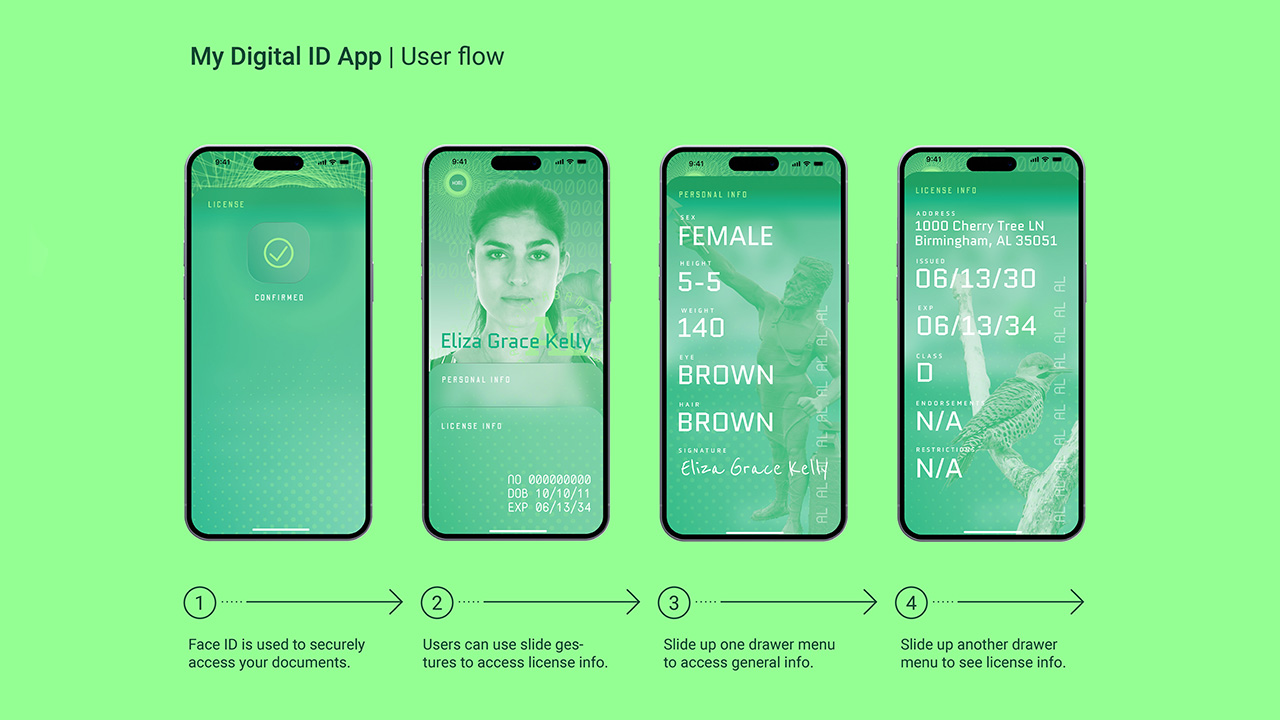
“Instead of trying to create apps, websites or other interactive media for the present, we gather design precedents, analyze cultural trends and extrapolate possible future scenarios,” he said. “It broadens their perspective and helps them see the way design can influence, shape or respond to culture.”
Ward also leads an interdisciplinary special topics course, entitled Biodesign: Gulf Coast Design Stories, which is a collaborative effort between the College of Architecture, Design and Construction’s Graphic Design, Architecture and Landscape Architecture programs; the College of Forestry, Wildlife and Environment’s Natural Resource Management program and the Samuel Ginn College of Engineering Department of Biosystems Engineering. Funded by the National Academies of Sciences, Engineering and Medicine, the course focuses on sustainability and resilience in the Mobile-Tensaw Delta.
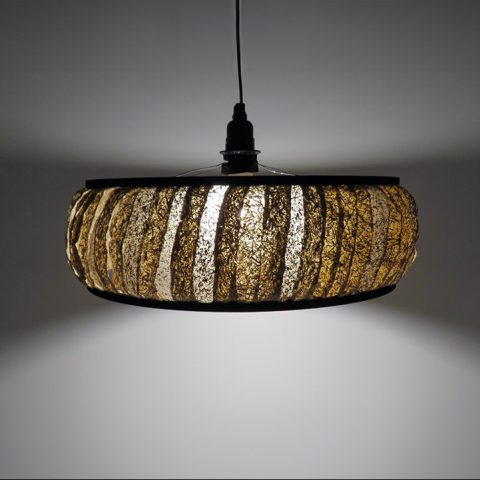
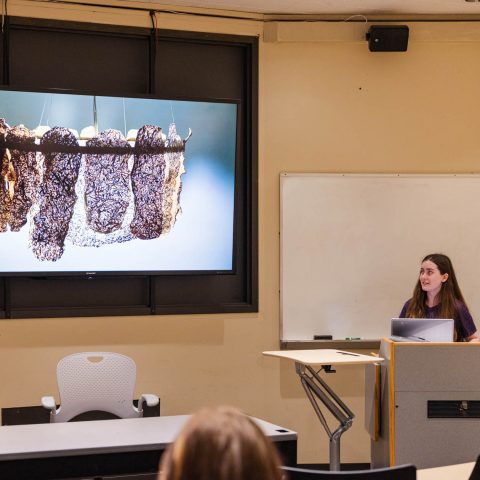
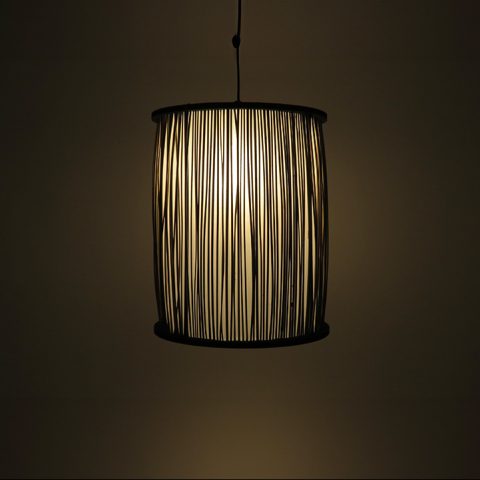
“Biodesign is hands-on and experiential,” Ward said. “Students explore biomaterials and biodegradable solutions while designing concepts that support Gulf Coast resiliency.”
For example, GDES students Sarrina Muehleisen, Kendra Love and Carly DeSimone created lamps made from a bio-composite material that exhibit similar properties to some plastics. The project explored how biodegradable materials could be incorporated into design objects, today and potentially in the future.
Ward’s creative work extends into exhibitions as well, with two pieces currently on display at the Jule Collins Smith Museum of Fine Art as part of Auburn’s SHOWCASE 2025.
His auditory piece “Weathering” brings attention to the ever-present microbial activity using an organic battery, while his work “The Reconstruction of Economics to Include Nature as an Ingredient” is inspired by the work of British economist Partha Dasgupta.
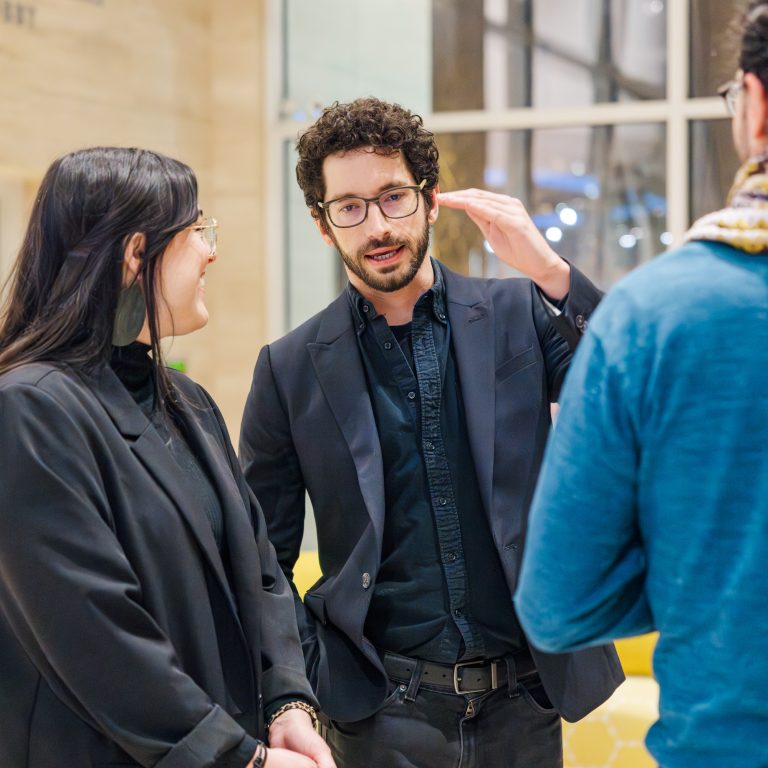

“It’s a great opportunity for complex work and in two areas I’m interested in,” Ward said. “Dasgupta’s work shows how we forget base materials and the cost of extracting them when it comes to supporting industrial growth. I enjoyed figuring out a way to express one of his formulas through an experimental process.”
As Ward continues to inspire his students, his focus on speculative design equips them to envision the future of design in ways that are both creative and forward thinking.
“Design is always evolving,” he said. “I want to help students navigate where it’s going and how they can shape it.”
See more in:
Events,
Faculty Collaboration,
Faculty Recognition,
Faculty Work,
Student Experience,
Student Work
Related people:
Devon Ward